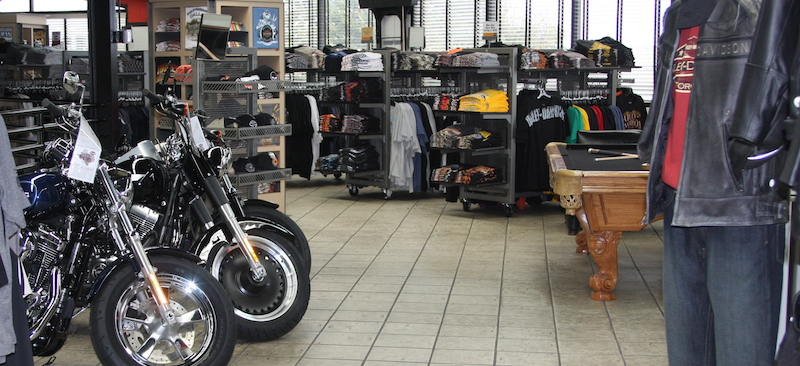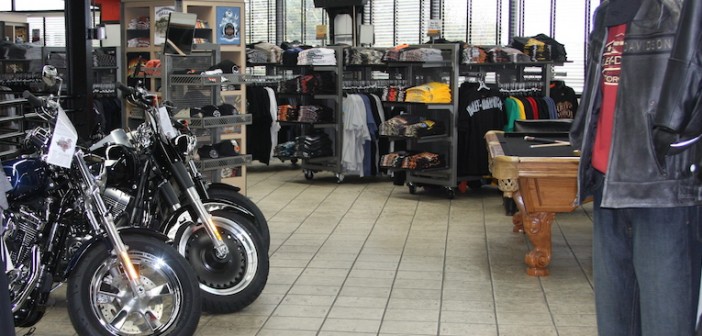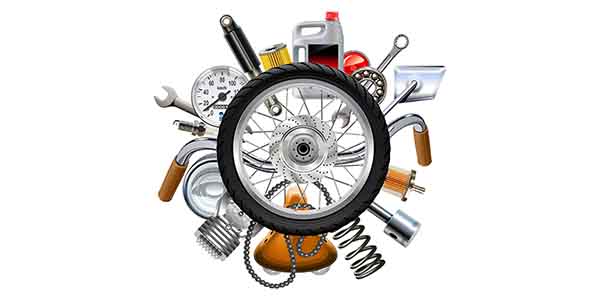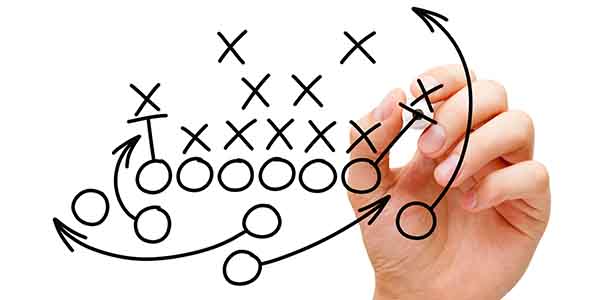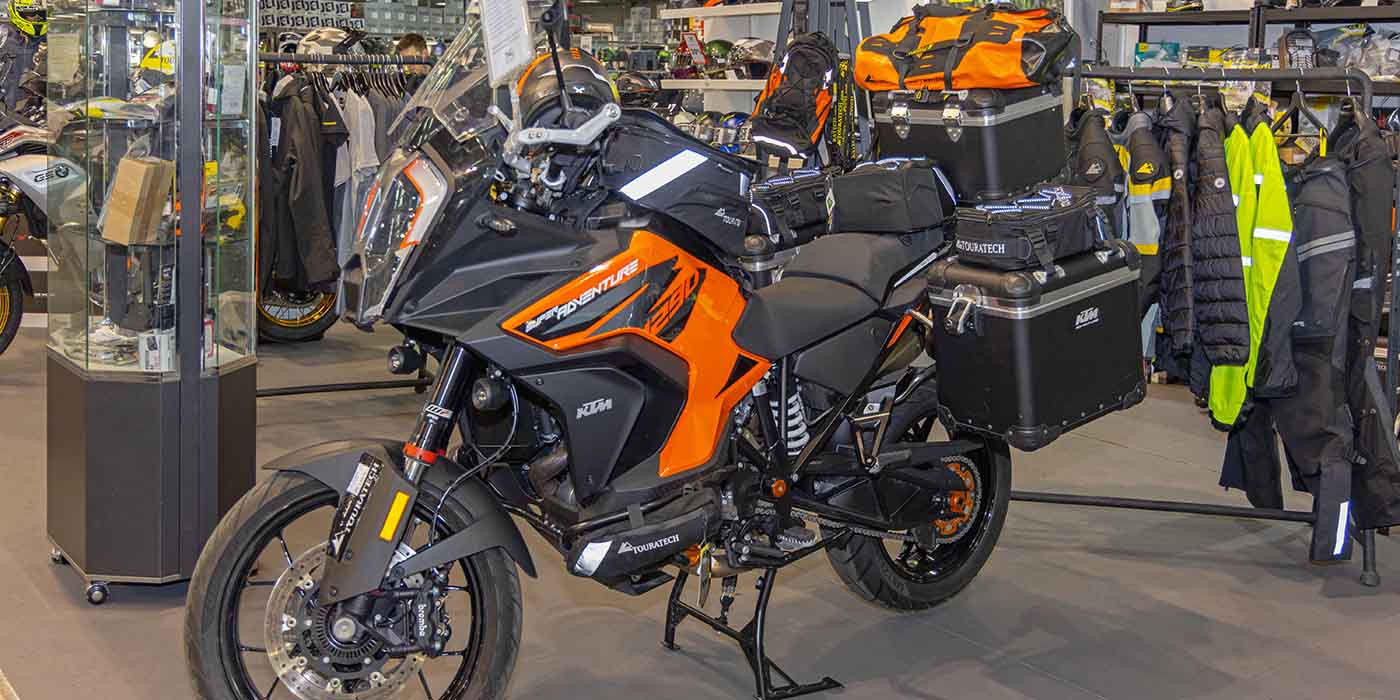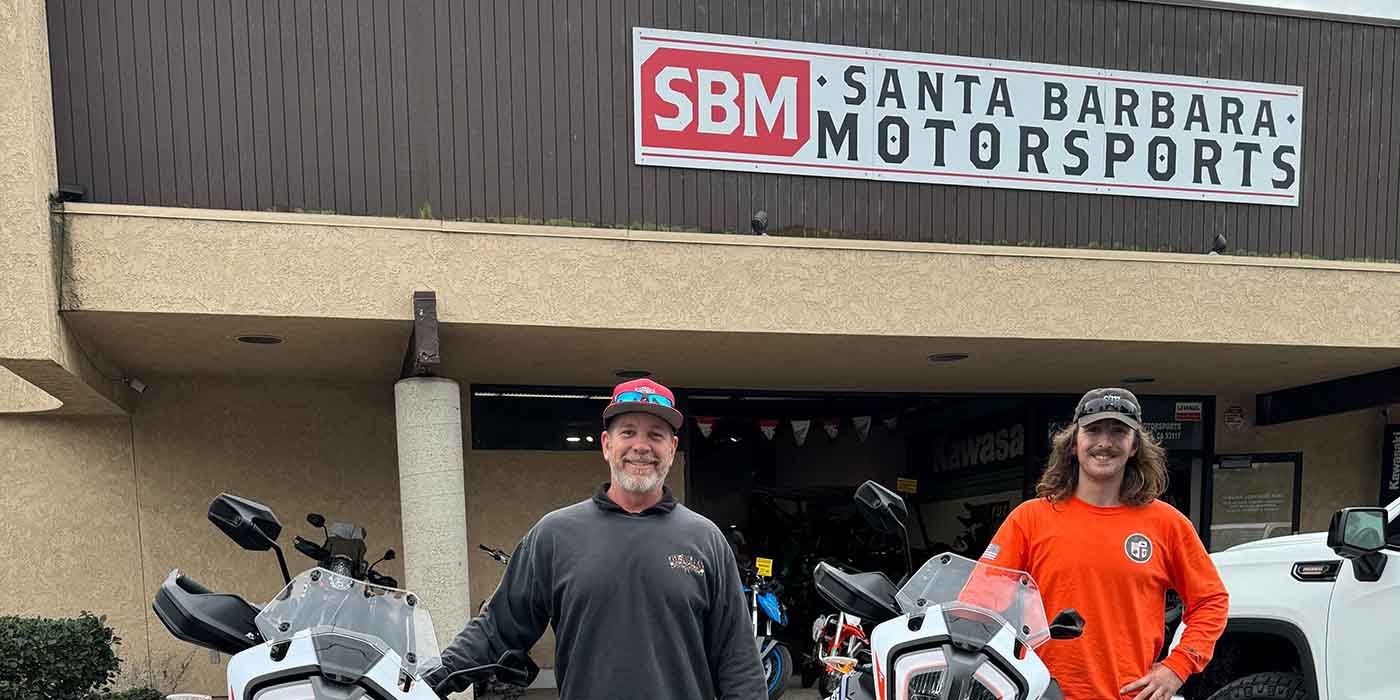If you’re a little heavy on inventory this fall, here’s a great exercise for your next sales department meeting.
It touches on a delicate topic, but it’s one we must consider to improve unit inventory turnover and significantly improve our bottom line.
The exercise goes like this: Go through a real-life scenario where a consumer walks into a showroom, asking about the availability and pricing of Model A. It just so happens you have Model A in stock, but just as importantly, you also have two non-current models for which you’re paying flooring expense.
We don’t want to turn the customer away from their first choice, of course, but it’s in their interest to understand all of the options, including the non-current models that could offer better pricing or financing.
You ask your staff during the sales meeting, “How would you approach this conversation to identify whether the non-current models might be a better fit for the consumer?”
Features, right? Your sales staff has to understand the significant features that attracted the consumer to Model A. Are those features also available in the older models you still have in stock? If so, what are they?
The correct answer to the features question is easily found through modern lead management and dealer management platforms. Those platforms offer “like model” comparisons where Model A and similar units are shown in detail on the same screen. This is a great tool that can be utilized during sales meetings to ensure proper product knowledge.
These “like model” tools are becoming more sophisticated in new dealer management platforms. Now, some platforms like even allow “like models” to be sorted by age, meaning your oldest models will be given top priority in these comparisons.
If your sales staff can identify the difference between Model A and its 2013 predecessor, can they do the same with a similar model offered by another OEM?
It’s a sales staff meeting exercise with potentially huge payoffs, especially in the fall and spring when new inventory is on the showroom floor. We learn about new models but forget to compare the similarities and differences with their predecessors – the older models still sitting on the showroom floor.
The “like model” exercise can be done during a sales staff meeting, long before the actual consumer interaction. What about the consumer conversation itself? Can the “like model” tool be equally helpful then? Yes, although many experienced sales staffers won’t interrupt a conversation to log on to their lead manager or dealer management platform for a “like model” comparison.
This makes sense if that experienced salesperson has nailed your sales meeting exercise. You used your lead manager or dealer business system to identify your older product, gave your staff a current list of those units, and then did the training to ensure your staff is well versed on the “like model” comparison.
You’re ready to go. Ready to get that fall inventory in better shape.
If your staff doesn’t perform so well on the model comparison or is inexperienced, the “like model” tool should be considered part of the sales process. After all, the consumer is probably using such tools as they search your website for units. Why not take advantage of that same concept throughout the entire sales process?
Before or after the sale, the “like model” tool is definitely one to be considered this time of year.
Heavy on Inventory?
If you’re heavy on inventory heading into this fall, consider some different strategies on reducing aged unit inventory. Dominion Powersports Solutions hosted a webinar last fall that offered aged inventory strategies from powersports dealers. The complimentary webinar was watched live or viewed later by more than 300 industry members. Get a free recording of the webinar by contacting me at the email address below.

